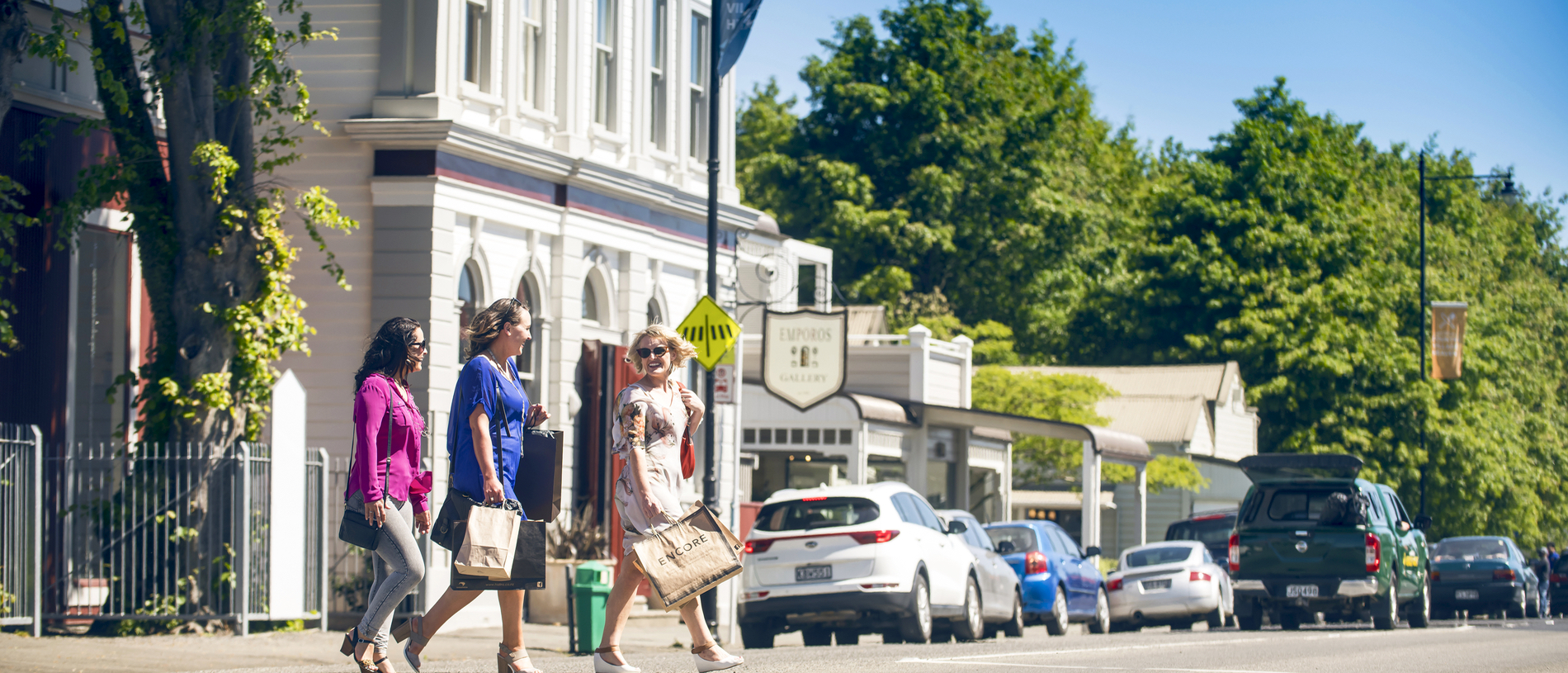
South Wairarapa: cobblestones and charm
Greytown is so picture-perfect with its mantle of frothy spring blossoms, it’s like walking onto a well-dressed movie set.
When a wind whips up from Antarctica and heads north driving a swell before it, the first bit of the North Island it hits is Cape Palliser. And like every other spot where land and sea come to serious blows, the cape is spellbindingly magical.
James Cook named Cape Palliser for a naval buddy of his, and the name was transferred to the great sweep of bay between the Cape itself and Turakirae Head in the west.
The rugged coast is well-endowed with kaimoana, so was an important spot for Māori. For the European sheep farmers who came next, driving their flocks around the coast from the Wainuiomata Valley, Palliser Bay was their gateway to the Wairarapa plains. And the beach, windswept and turbulent as it is, was the main point of landing for their produce, with wool bales lightered out to the waiting ships by hard men leaning on the oars of surfboats.
Equally hard men – and leathery bach-owners – populate Palliser Bay today. Humble, fibrolite buildings are dotted along its length, and at the little settlement of Ngawi, five kilometres from Cape Palliser itself, commercial fishermen draw their boats up on the steep, stony beach using old bulldozers and deft seamanship.
Perched on a promontory above the Cape, there’s a lighthouse, which is worth the climb – no fewer than 250 steps, straight up – for the view it gives over the Bay and across Cook Strait to the South Island in the misty distance, with the highest point in the inland Kaikōura range, snow-capped Tapuaenuku, visible in all but the murkiest weather.
There’s plenty to do in the area, ranging from fishing – whether aboard a chartered launch out of Ngawi or casting from the beach, whitebaiting at the egress of Lake Ōnoke in season, or diving for crayfish – to surfing or simply knocking about in a rented bach.
A few minutes back from Ngawi, there’s a spectacular rock formation reached by an easy walk from the roadway, where the sedimentary limestone of this coast has been weathered into a set of soaring, fluted columns known as the Putangirua Pinnacles. That’s well worth a look.
And of course, you could do worse than use your accommodation in Palliser Bay as a base from which to explore the vineyards, art galleries, museums and other attractions of the Wairarapa.